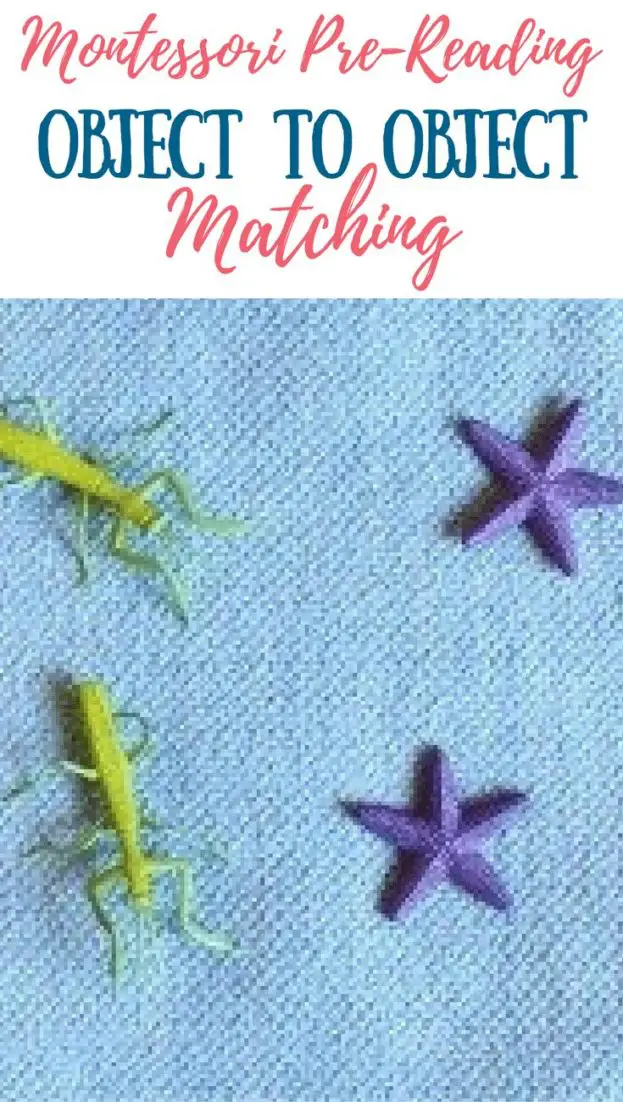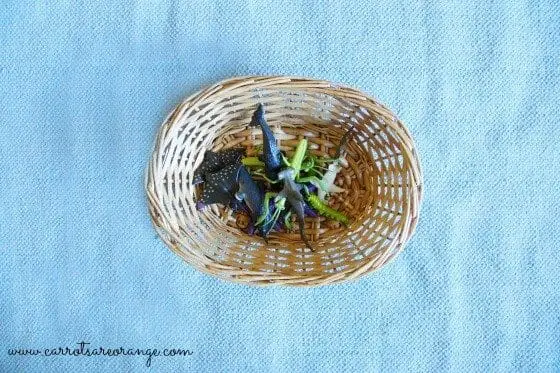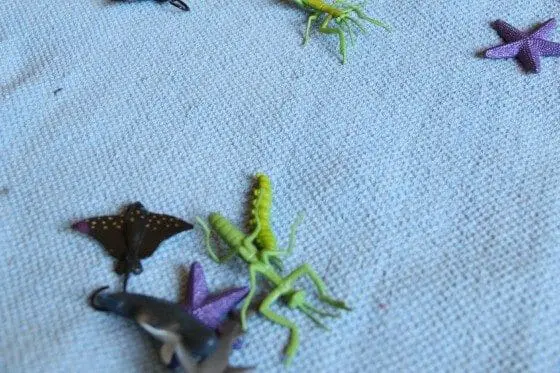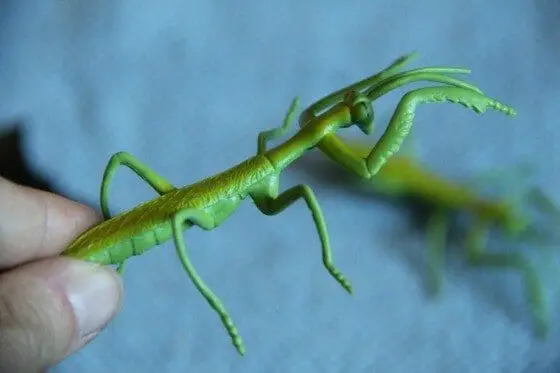One of the fundamental skills children need to develop before learning to read is the ability to recognize and match objects. Montessori education emphasizes hands-on, sensorial experiences to promote learning, and object-to-object matching is a key pre-reading lesson in the Montessori approach.
This lesson helps children strengthen their visual discrimination skills and lays the foundation for future reading comprehension. Let's delve into the world of object-to-object matching and explore how it can benefit young learners.
Object to Object Matching is the first in the Early Childhood Montessori Language sequence. The work is included in the pre-reading section.
The Importance of Object-to-Object Matching
Object-to-object matching is a pre-reading activity that involves pairing identical objects. This activity helps children develop several essential skills:
- Visual Discrimination: Object-to-object matching trains children to differentiate between similar objects based on their distinctive characteristics. They learn to observe details, and compare shapes, sizes, colors, and patterns, enhancing their visual discrimination abilities.
- Concentration and Focus: Matching objects requires concentration and focused attention. By engaging in this activity, children practice staying attentive and focused, preparing them for the sustained concentration needed during reading and comprehension tasks.
- Vocabulary Development: As children match objects, they associate words with the corresponding objects. This process strengthens their vocabulary and expands their knowledge of objects and their names.
- Cognitive Skills: Object-to-object matching encourages logical thinking and problem-solving. Children must analyze and reason to identify the matching objects, promoting cognitive development and critical thinking skills.
Montessori Object to Object Matching Lesson

Prepare a basket of matching objects. Safari Toobs are perfect for this work. You can use a variety of household items, pretend fruit and vegetables, and objects from the outdoors too. Invite the child to do the work. Point out that a large mat is needed for the work.

Take objects to the rug.

Take out objects one at a time, naming them as you go along. Place in a horizontal line.

Have the child repeat the names of the objects. Use the 3-period lesson.

Remove the second set of objects. The child names each object.

The teacher scans objects to find the match. Place under the corresponding object.

Continue with the child. If a child doesn’t remember the name of an object, review it again.
Place objects back in the basket and place them on the shelf.
More Object to Object Matching Activities
Montessori educators use a variety of materials and activities to facilitate object-to-object matching. Here are a few examples:
- Object Matching Trays: This activity involves providing children with trays containing pairs of identical objects. The child's task is to match each object with its corresponding mate. Objects can vary, such as matching wooden blocks, animal figurines, or picture cards.
- Picture Cards: Montessori often utilizes picture cards with matching objects to enhance visual recognition. The child matches the picture cards depicting objects with the corresponding physical objects.
- Language Objects: Language objects are small, manipulative objects that represent specific concepts or vocabulary words. Children match these objects with corresponding picture cards or labels, reinforcing language development and object association.
- Memory Games: Memory games are a fun and interactive way to practice object to object matching. Children flip over cards or objects, trying to find pairs by remembering the position and location of different items.
Implementing Object-to-Object Matching at Home
Object-to-object matching can easily be incorporated into your home environment, supporting your child's pre-reading skills. Here are some tips for implementing this Montessori lesson at home:
- Create Matching Trays: Set up trays or baskets with pairs of objects or picture cards for your child to match. Use everyday objects or thematic items based on your child's interests. Ensure that the objects are identical or very similar.
- Use Sensory Materials: Enhance the sensory experience by using materials with different textures, colors, or scents. This multi-sensory approach enriches the learning process and engages your child's senses.
- Encourage Independent Exploration: Provide a dedicated space where your child can explore and engage in object matching independently. Allow them to choose their activities and follow their interests while ensuring a safe and organized environment.
- Extend the Learning: Once your child masters the basic object-to-object matching, you can introduce more challenging activities. For example, you can use three or more objects to match, or introduce variations like color matching or shape matching.
Object-to-object matching is a valuable Montessori pre-reading lesson that supports children's visual discrimination skills, concentration, vocabulary development, and cognitive abilities. By engaging in hands-on activities and exploring various materials, children develop the essential foundation needed for future reading and comprehension.
Implementing object-to-object matching at home provides an enriching learning experience that fosters independence and a love for learning. So, gather some objects, create matching trays, and embark on a Montessori-inspired journey of object recognition and pre-reading skills with your child!
Thanks for reading today.
Marnie
